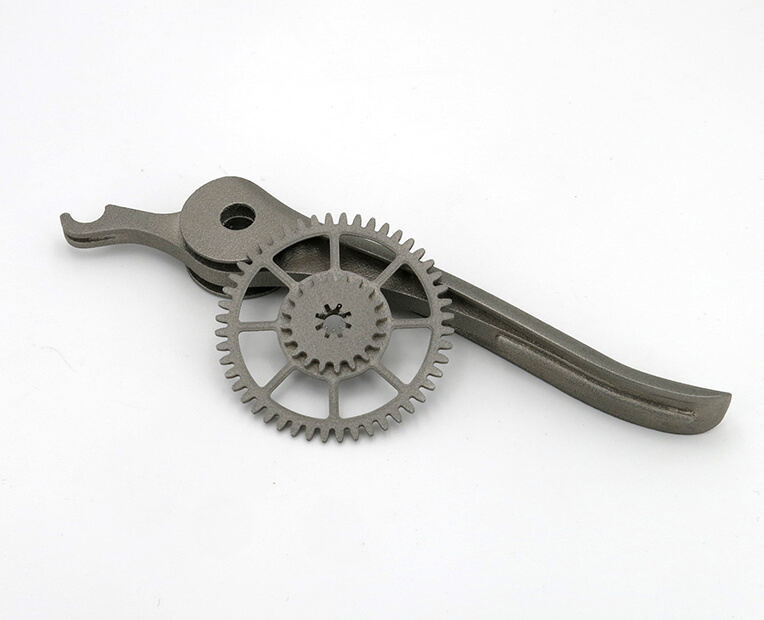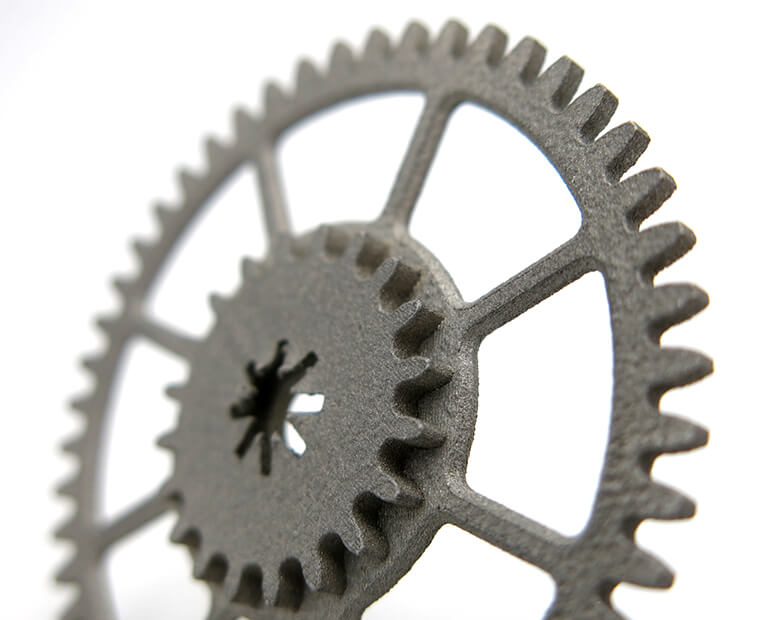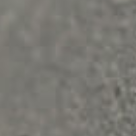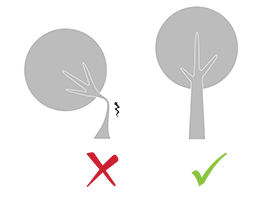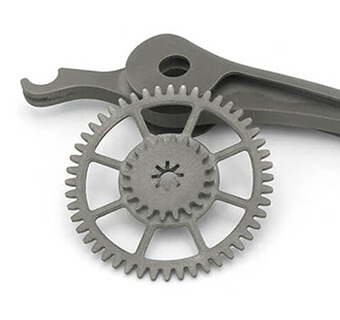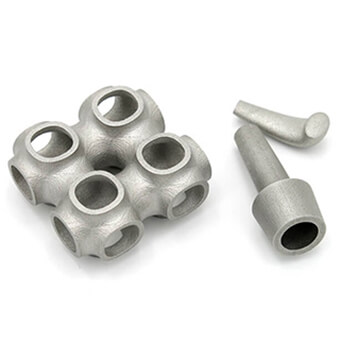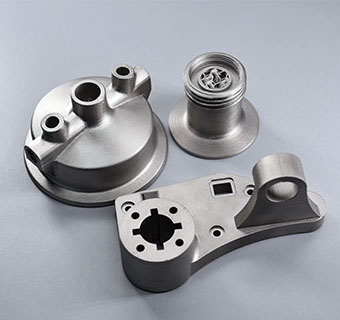| Minimum spacing between fixed walls | 0.2 mm |
| Minimum clearance between parts | 0.2 mm |

For a successful 3D print a minimum clearance between objects is required to allow excess material to be sand blown out. If this space is not left within the design, the object will be solid. This is particularly important for articulated objects – as the space left between the walls will define the object’s ability to move.
Clearance should be at least 0.2 mm and depends on the size of your object. For big sizes, the clearance should be greater. This is due to the DMLS printing process. Our printer beds are heated during the process, and larger objects are heated for longer periods. A small space between objects creates the risk of melting them together as they remain under heat for a long period of time. In some other cases, holes should be added to allow us to drain for the excess powder material within the clearance.
Do not forget
Clearance should be at least 0.2 mm, however that is the minimum for small objects. Larger objects require more space between their parts.
| Files with Multiple Objects ? | No |

This is not possible to 3D print a 3D file containing several objects with Stainless Steel.
It is not possible to print a 3D file containing several objects, that’s why we cannot accept files that contain clusters of multiple objects. Though, if you wish to purchase more than one identical parts, you can select the number of parts you want to order during the checkout. The more parts you order, the lower your price per part gets.
You can also use our online tools and see our tricks and tips on how to reduce your 3D printing price.
To get more information on your metal additive manufacturing service, you can contact our qualified sales team.



 Connect with Google
Connect with Google Connect with Facebook
Connect with Facebook